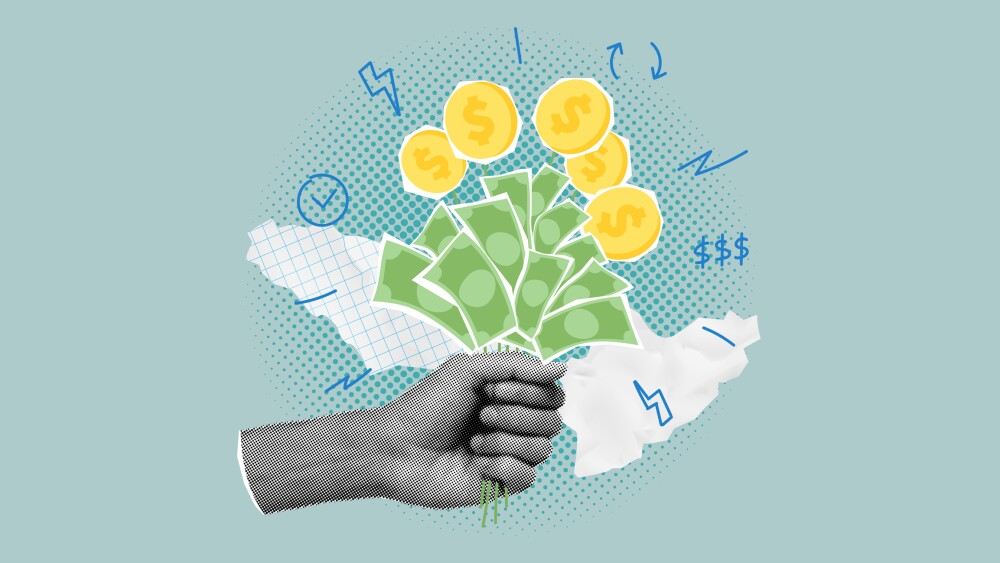The U.S. Food and Drug Administration (FDA) approved Xywav, the first new treatment option indicated for both cataplexy and excessive daytime sleepiness in people living with narcolepsy in more than 15 years.
The U.S. Food and Drug Administration (FDA) approved Xywav, the first new treatment option indicated for both cataplexy and excessive daytime sleepiness in people living with narcolepsy in more than 15 years, Jazz Pharmaceuticals announced this morning.
The morning announcement caused shares of Ireland-based Jazz Pharmaceutical stock to climb more than 3% since the opening bell. Xywav was approved for the treatment of cataplexy or excessive daytime sleepiness in patients 7 years of age and older with narcolepsy.
Xywav, formerly known as JZP-258, is the company’s lower-sodium content treatment option for the chronic sleep disorder. Developing a medication with lower sodium content is important due to narcolepsy’s association with an increased risk of comorbid conditions, including hypertension and cardiovascular disease. Xywav contains 92% less sodium per nightly dose than sodium oxybate, a current standard of care for this patient population as designated by the American Academy of Sleep Medicine Guidelines.
The FDA approved Xywav based on Phase III data that showed highly statistically significant differences in the weekly number of cataplexy attacks and Epworth Sleepiness Scale scores compared to placebo.
Bruce Cozadd, chairman and chief executive officer of Jazz Pharmaceuticals, said Xywav has been in development for nearly 10 years and the company is excited to finally bring the medication to patients who need it.
“We are proud to advance the science behind our sleep research program in order to continue making a difference for people living with narcolepsy. Jazz is committed to addressing unmet needs in sleep medicine, which includes our innovative and long-standing oxybate program,” Cozadd said in a statement.
Narcolepsy is a chronic, debilitating neurological disorder characterized by excessive daytime sleepiness, and the inability to regulate sleep-wake cycles normally. Cataplexy, a symptom of narcolepsy, is the sudden, generally brief loss of muscle tone with retained consciousness. Cataplexy can be brought on by strong emotions, such as laughter, surprise, or anger. It occurs in about 70% of people with narcolepsy.
Jazz is planning for an end-of-year launch of Xywav following Risk Evaluation and Mitigation Strategy (REMS) implementation. The drug does come with a boxed warming as a central nervous system depressant, and for its potential for abuse and misuse. The narcolepsy medication has been classified as a Schedule III drug by the U.S. Drug Enforcement Agency. The DEA defines Schedule III drugs, substances, or chemicals as drugs with a moderate to low potential for physical and psychological dependence. The company said it is committed to ensuring access to its medicines and will work to secure the broadest access possible for appropriate patients. Multiple Xywav dosing options are available for adult and pediatric patients.
Last year, Jazz won approval for Sunosi, another narcolepsy treatment. Sunosi is the first dual-acting dopamine and norepinephrine reuptake inhibitor approved by the FDA to improve wakefulness in adults living with excessive daytime sleepiness associated with narcolepsy or obstructive sleep apnea.





